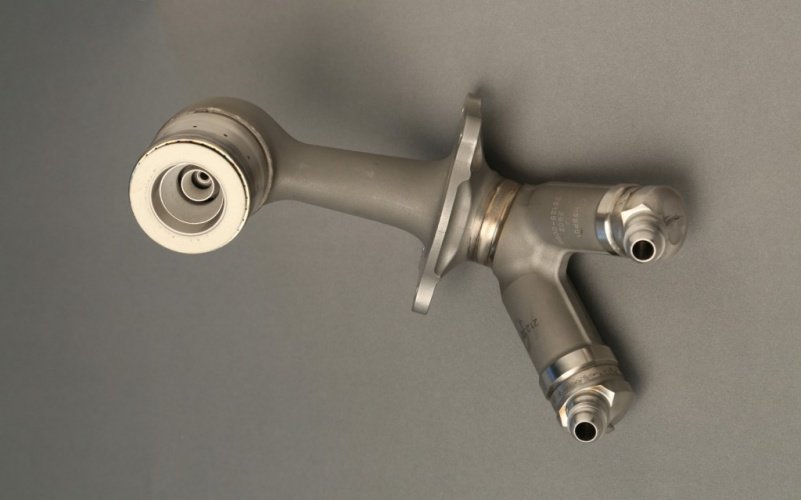
Based in Sweden and Germany respectively, Arcam and SLM specialise in metal-based additive manufacturing and have customers across multiple industries including aerospace and healthcare. Last year Arcam, which has 285 employees, generated $68m in revenues. SLM, which employs 260, had revenues of $74m in 2015. The acquisitions will be part of GE’s new additive business that the company plans to grow to $1bn by 2020, with the unit also expected to help reduce costs across the company by $3-5bn over the next decade.
“Additive manufacturing is a key part of GE’s evolution into a digital industrial company,” said Jeff Immelt, chairman and CEO of GE.
“We are poised to not only benefit from this movement as a customer, but spearhead it as a leading supplier. Additive manufacturing will drive new levels of productivity for GE, our customers, including a wide array of additive manufacturing customers, and for the industrial world.”
Both acquisitions are structured as public tender offers for all outstanding shares of stock. According to GE, it will retain the headquarters and key operating locations of Arcam and SLM, with management teams and staff remaining in place.
“We chose these two companies for a reason,” said GE Aviation president and CEO David Joyce, whom the companies will report into. “They each bring two different, complementary additive technology modalities as individual anchors for a new GE additive equipment business.”
“Additive provides a new palette for engineers to create. Parts are also being designed in GE Power, Oil & Gas, Healthcare and across GE’s services businesses. We see value potential to reduce product cost and improve NPI [new product introduction] spend. Ultimately, as we develop more productive machines, we can build additive manufacturing ‘as a service’ for our customers.”




Swiss geoengineering start-up targets methane removal
No mention whatsoever about the effect of increased methane levels/iron chloride in the ocean on the pH and chemical properties of the ocean - are we...